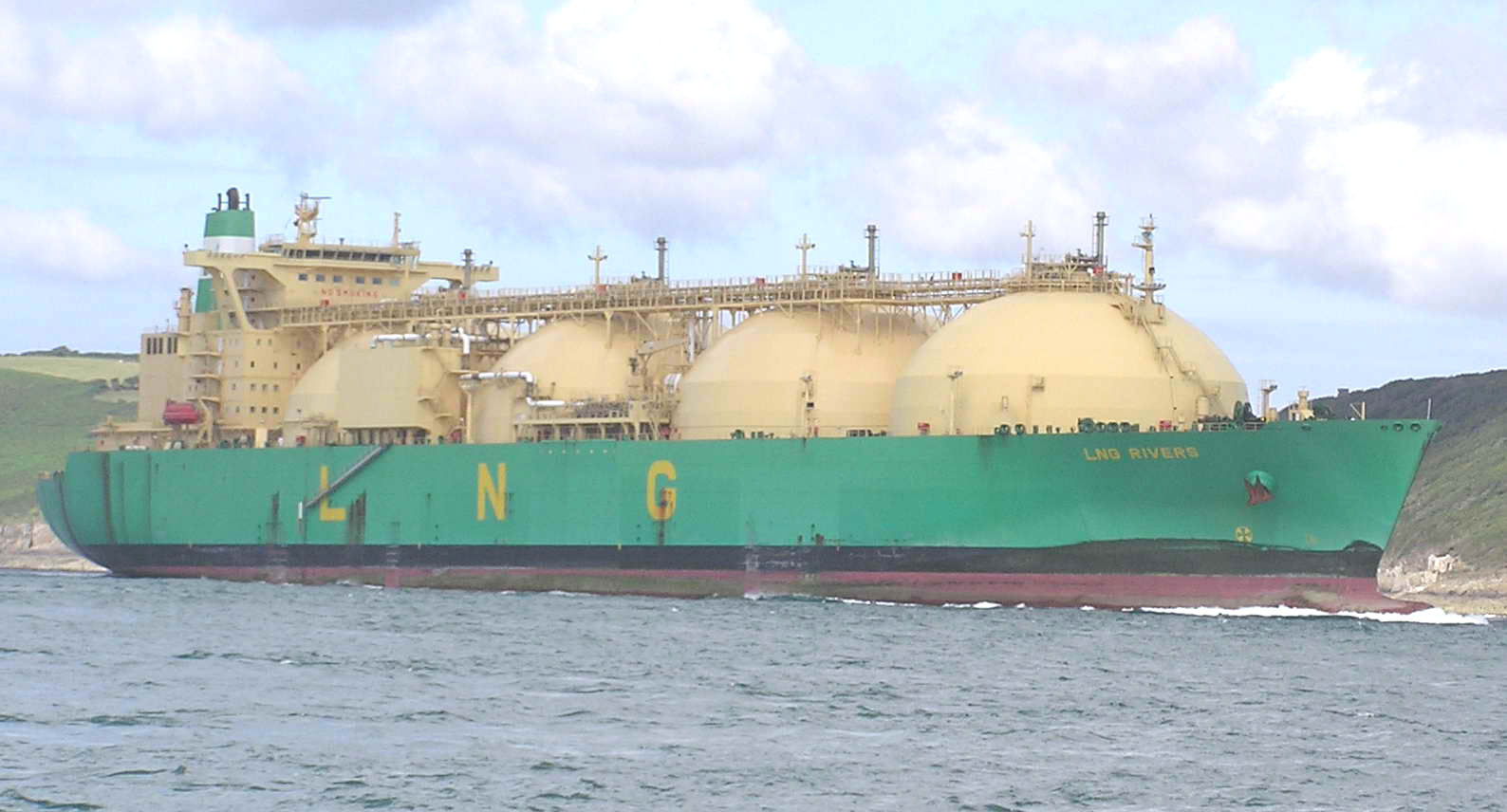
According to recent forecasts by the specialist company Pavilion Energy, collected and relaunched by S&P Global Platts, the global demand for liquefied natural gas (LNG) for ship bunkering will grow considerably in the coming years, reaching 9 million tons in 2025 and growing about thirty times to around 30 million tonnes in 2030, with at least 100 more LNG bunkering vessels to be added to the existing fleet.
"We estimate that in 2030 Singapore will have a 20% market share in LNG, in line with its current position as a global hub for naval bunkering" explained Alan Heng, Managing Director for Asia at Pavilion Energy, at the Gastech Virtual Summit of September.
Heng raised four main issues that the LNG industry faces in order to facilitate the growth of the bunkering market, to remove some of the most common concerns regarding the adoption of LNG as a fuel for naval refuelling, namely the lack of a global network, infrastructure, economies of scale and the presence of high costs. "We disagree, we think that these problems will be addressed quickly and we believe that LNG refuelling of will be over time the preferred fuel for this sector", said Heng underlining on the last point related to costs "that the opponents of LNG forget to consider the costs of carbon reduction and the costs related to the environmental pollution."
He also added that governments and port authorities play a crucial role in establishing regulations that encourage green investments and the use of cleaner fuels. "Institutional and financial investors should further encourage shipowners to move to a lower carbon footprint" noting that "ship-to-ship bunkering of LNG is critical as it is the most effective way to supply bunker volumes to ocean-going vessels, in particularly for long-haul transcontinental travel.
While important progress is being made in Europe and Asia, with 15 more ports and 16 bunker ships arriving shortly, a steady stream of investment in bunkering infrastructure will be needed to reach the 2030 forecast, with an estimated 100 more LNG bunker ships to be added to the existing fleet ".
Source: S&P Global Platts
 EN
EN  it
it

